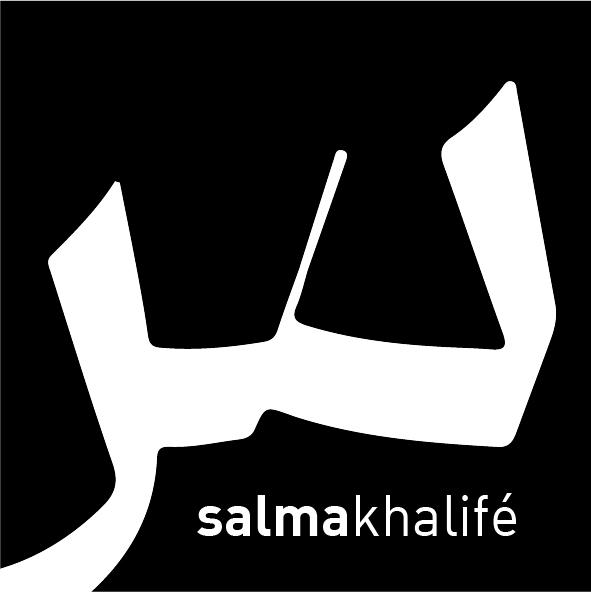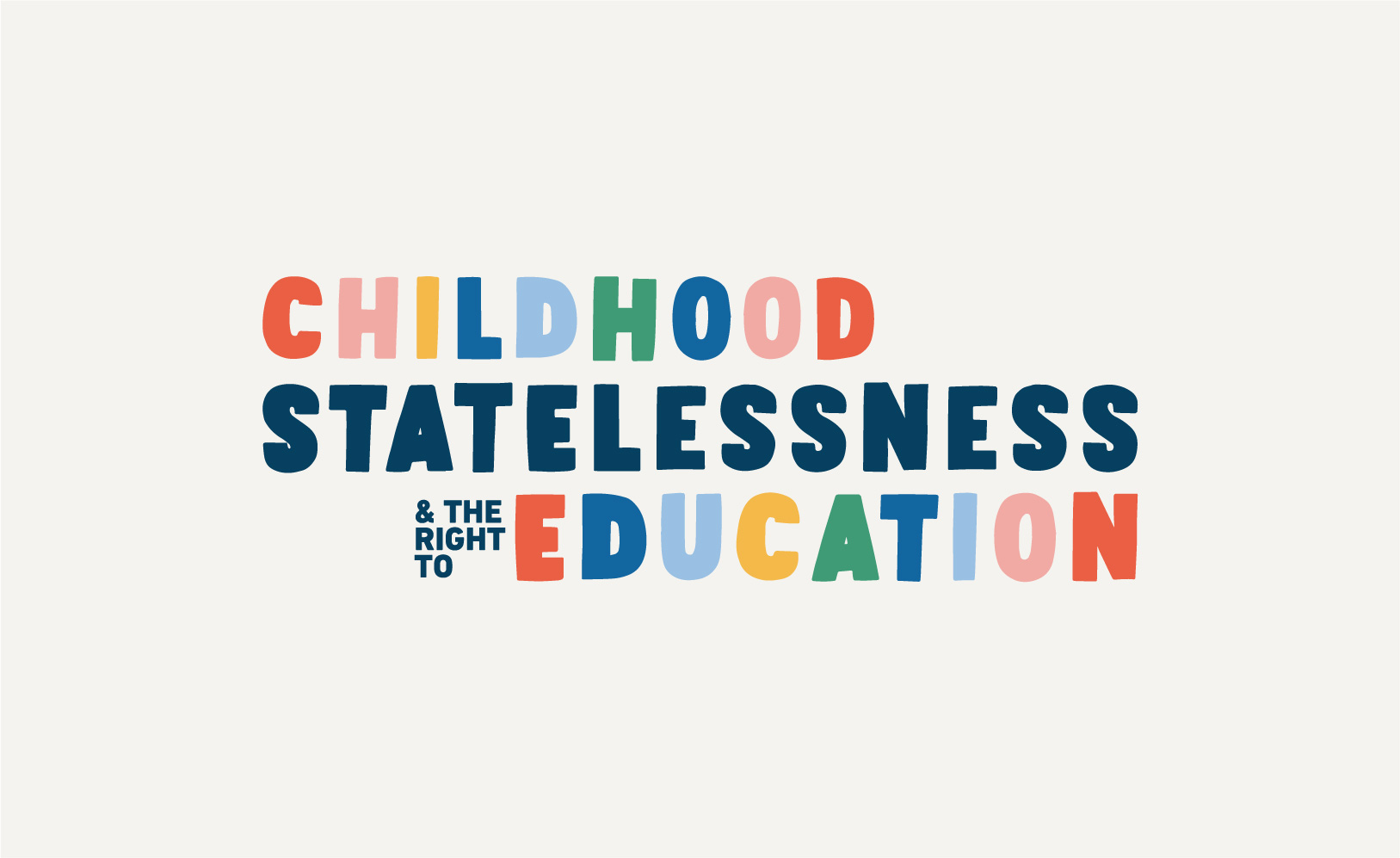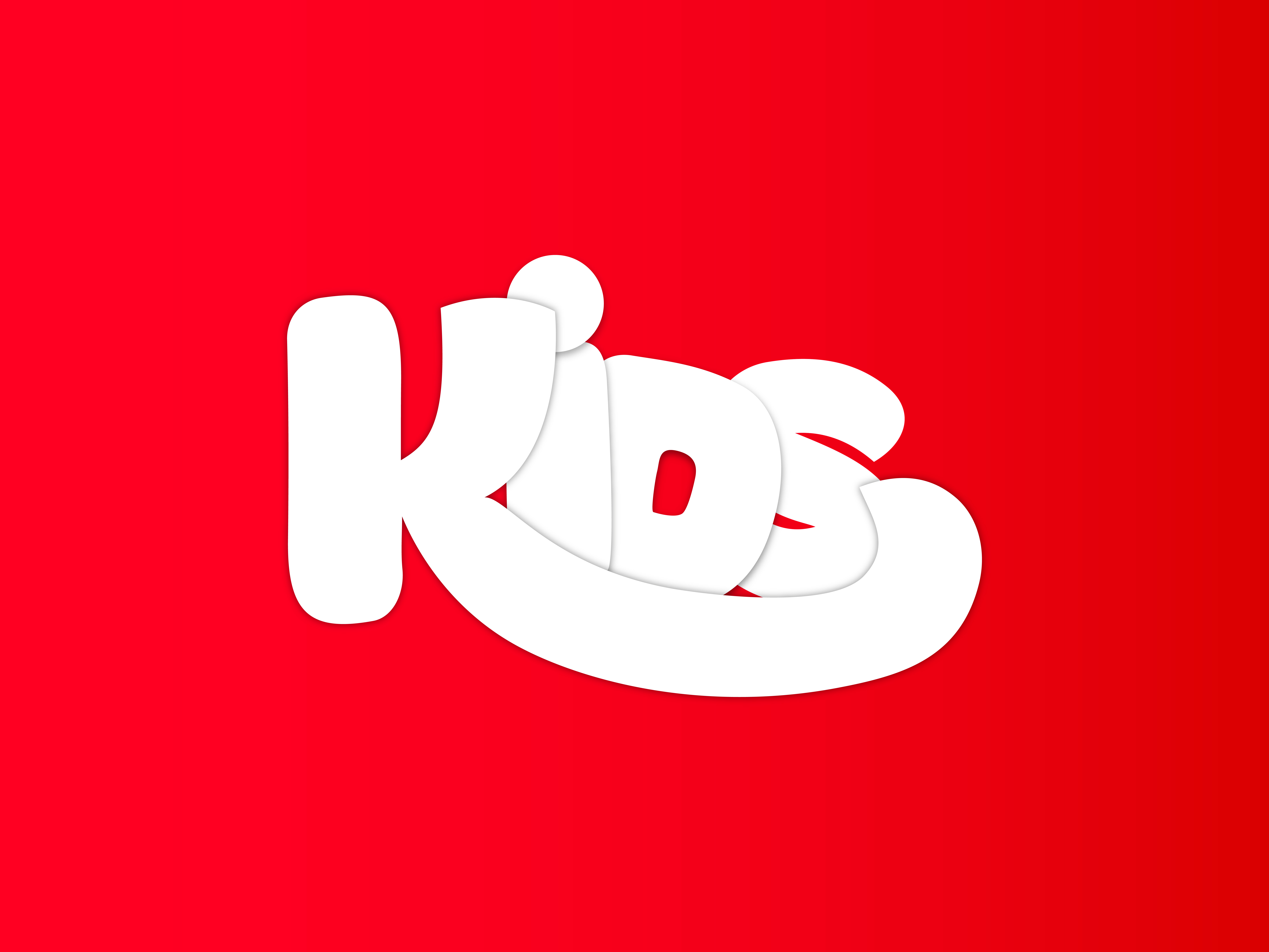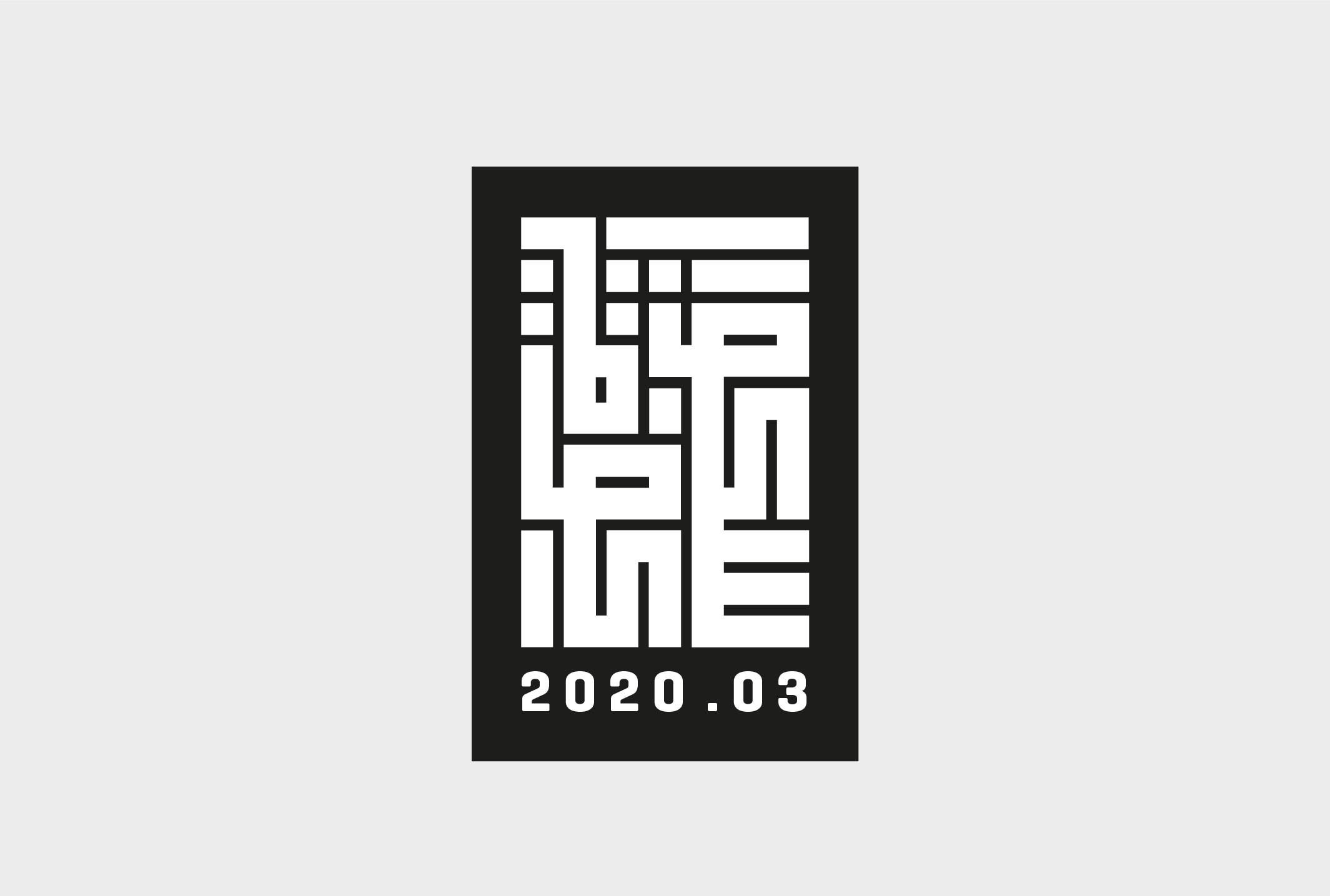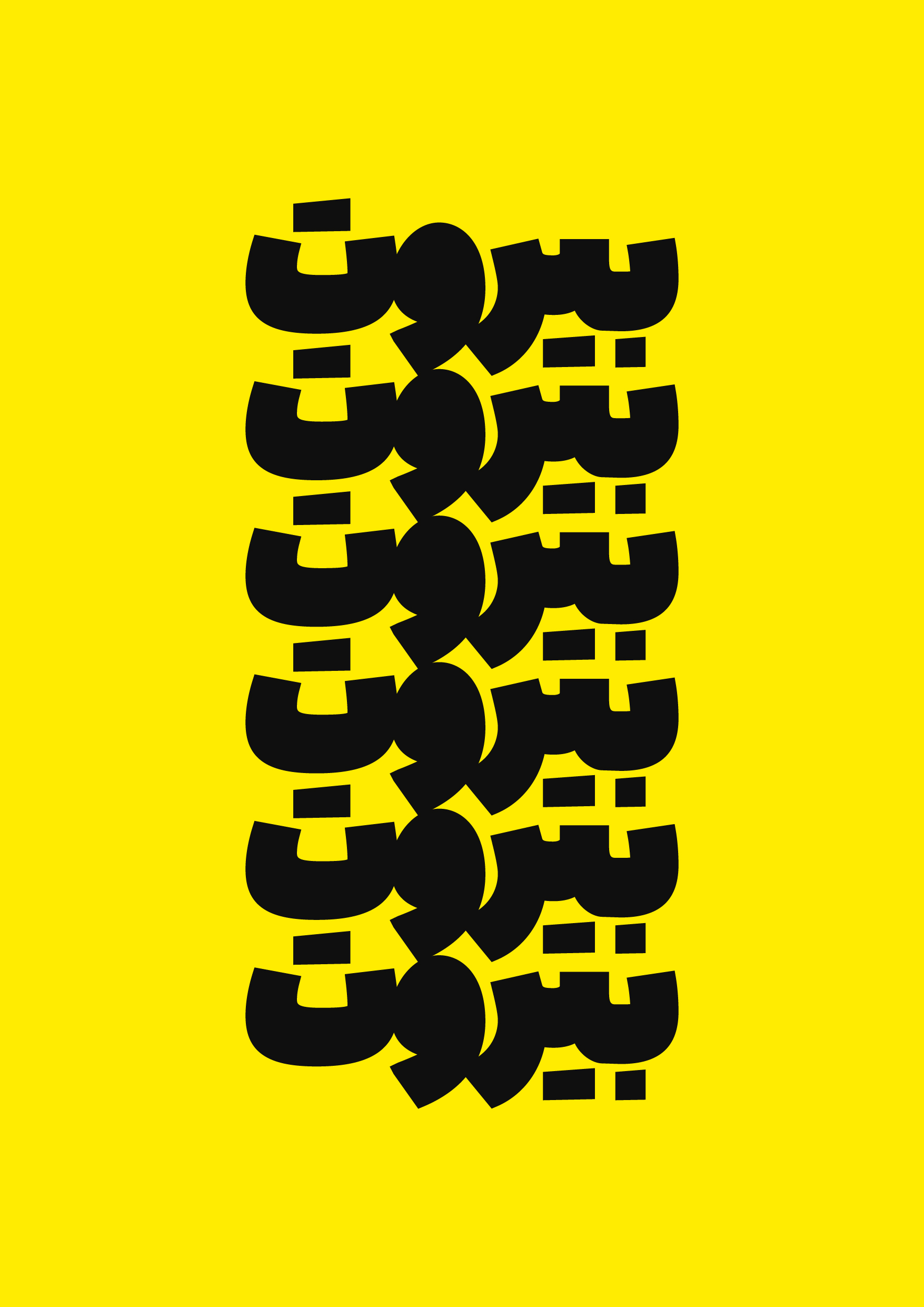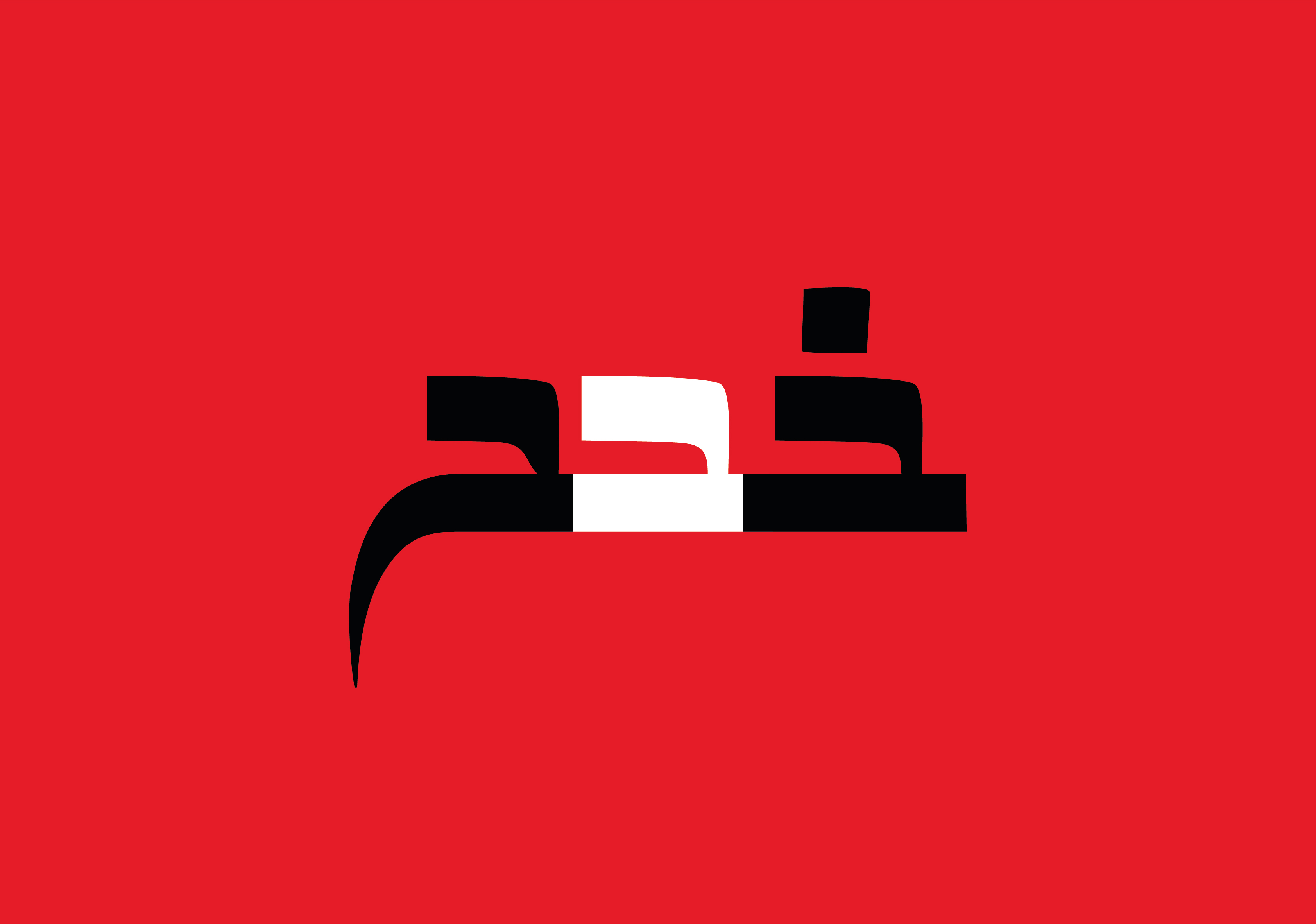A narrative through Arabic typography
A narrative through Arabic typography
A narrative through Arabic typography
A narrative through Arabic typography
A narrative through Arabic typography
This book was written in Arabic in 1908 in New York, and published in a newspaper called (the immigrant) -Time and place (early twentieth-century Lebanon). It was written at a time when Lebanon was in virtual slavery to oppressive Turkish rule. So Gibran tried to reflect his profound anger and protest at the vicious inequality of man and woman in marriage – the failure of the principles of the law and justice – and the corrupt, thieving practices of religious administration in the Near East of his time.
The book essentially deals with the premise that " Man is born free, but everywhere he is in chains ". Throughout the Book, Gibran illustrates how we fall victim to our own Laws and norms and how this phenomenon is a never-ending cycle of more and more suffering, generation after generation, age after age.
Typographically, I reflected the author's concept and strong feelings through an interaction of typographic elements.
This book was written in Arabic in 1908 in New York , and published in a newspaper called (the immigrant) -Time and place (early twentieth-century Lebanon). It was written at a time when Lebanon was in virtual slavery to oppressive Turkish rule. So Gibran tried to reflect his profound anger and protest at the vicious inequality of man and woman in marriage – the failure of the principles of the law and justice – and the corrupt, thieving practices of religious administration in the Near East of his time.
The book essentially deals with the premise that " Man is born free, but everywhere he is in chains ". Throughout the Book, Gibran illustrates how we fall victim to our own Laws and norms and how this phenomenon is a never-ending cycle of more and more suffering, generation after generation, age after age.
Typographically, I reflected the author's concept and strong feelings through an interaction of typographic elements.
This book was written in Arabic in 1908 in New York , and published in a newspaper called (the immigrant) -Time and place (early twentieth-century Lebanon). It was written at a time when Lebanon was in virtual slavery to oppressive Turkish rule. So Gibran tried to reflect his profound anger and protest at the vicious inequality of man and woman in marriage – the failure of the principles of the law and justice – and the corrupt, thieving practices of religious administration in the Near East of his time.
The book essentially deals with the premise that " Man is born free, but everywhere he is in chains ". Throughout the Book, Gibran illustrates how we fall victim to our own Laws and norms and how this phenomenon is a never-ending cycle of more and more suffering, generation after generation, age after age.
Typographically, I reflected the author's concept and strong feelings through an interaction of typographic elements.
This book was written in Arabic in 1908 in New York , and published in a newspaper called (the immigrant) -Time and place (early twentieth-century Lebanon). It was written at a time when Lebanon was in virtual slavery to oppressive Turkish rule. So Gibran tried to reflect his profound anger and protest at the vicious inequality of man and woman in marriage – the failure of the principles of the law and justice – and the corrupt, thieving practices of religious administration in the Near East of his time.
The book essentially deals with the premise that " Man is born free, but everywhere he is in chains ". Throughout the Book, Gibran illustrates how we fall victim to our own Laws and norms and how this phenomenon is a never-ending cycle of more and more suffering, generation after generation, age after age.
Typographically, I reflected the author's concept and strong feelings through an interaction of typographic elements.
This book was written in Arabic in 1908 in New York , and published in a newspaper called (the immigrant) -Time and place (early twentieth-century Lebanon). It was written at a time when Lebanon was in virtual slavery to oppressive Turkish rule. So Gibran tried to reflect his profound anger and protest at the vicious inequality of man and woman in marriage – the failure of the principles of the law and justice – and the corrupt, thieving practices of religious administration in the Near East of his time.
The book essentially deals with the premise that " Man is born free, but everywhere he is in chains ". Throughout the Book, Gibran illustrates how we fall victim to our own Laws and norms and how this phenomenon is a never-ending cycle of more and more suffering, generation after generation, age after age.
Typographically, I reflected the author's concept and strong feelings through an interaction of typographic elements.
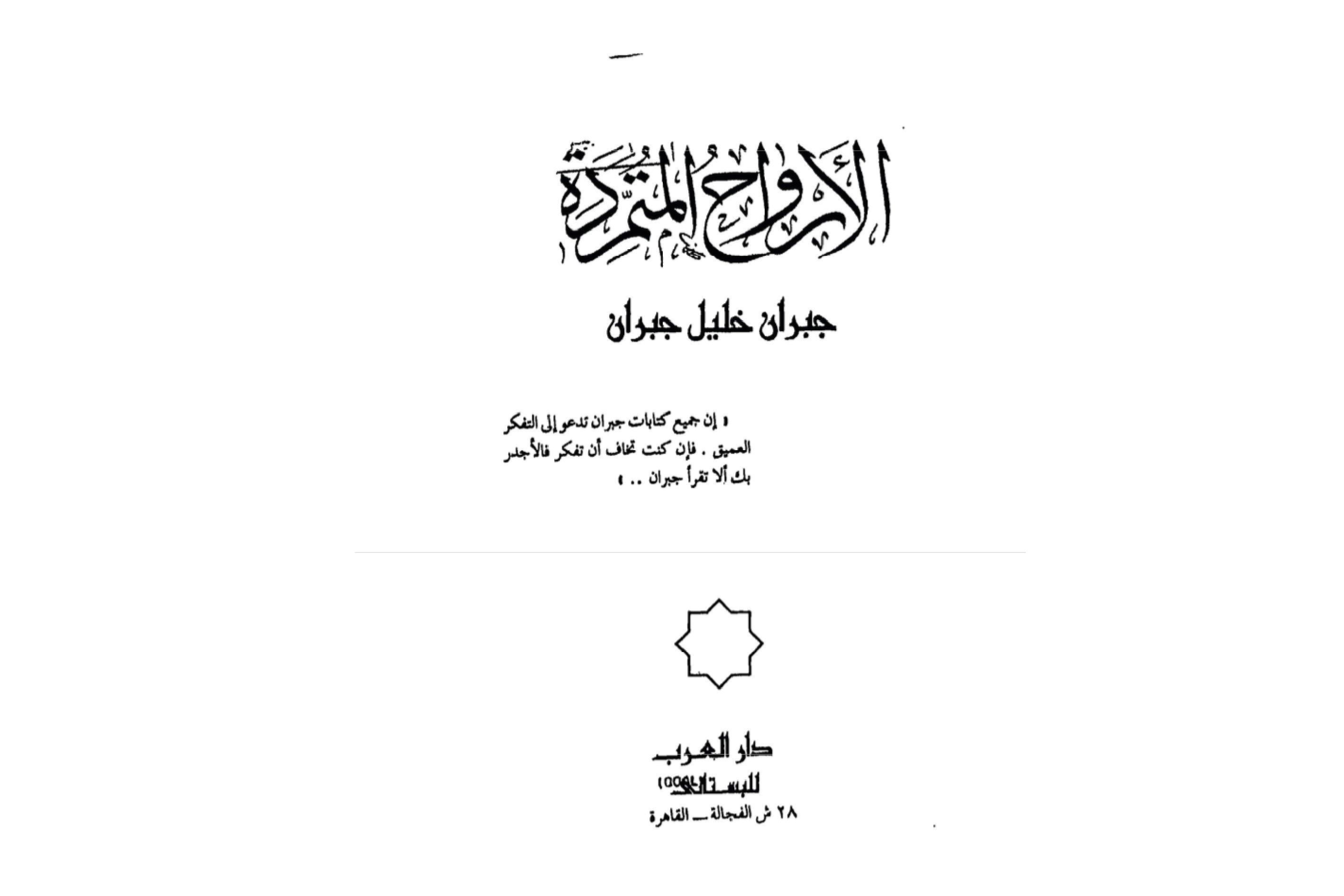
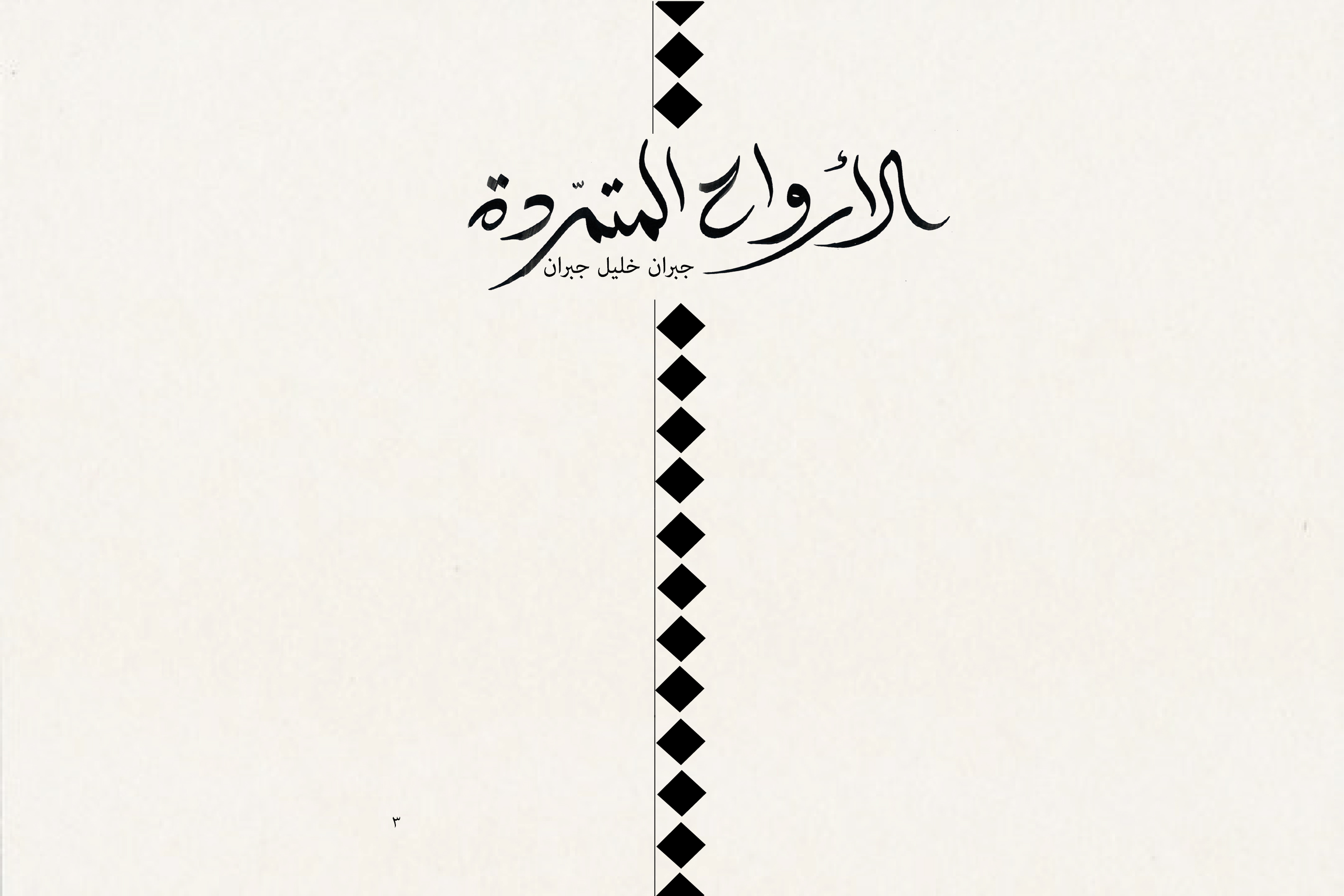
cover design
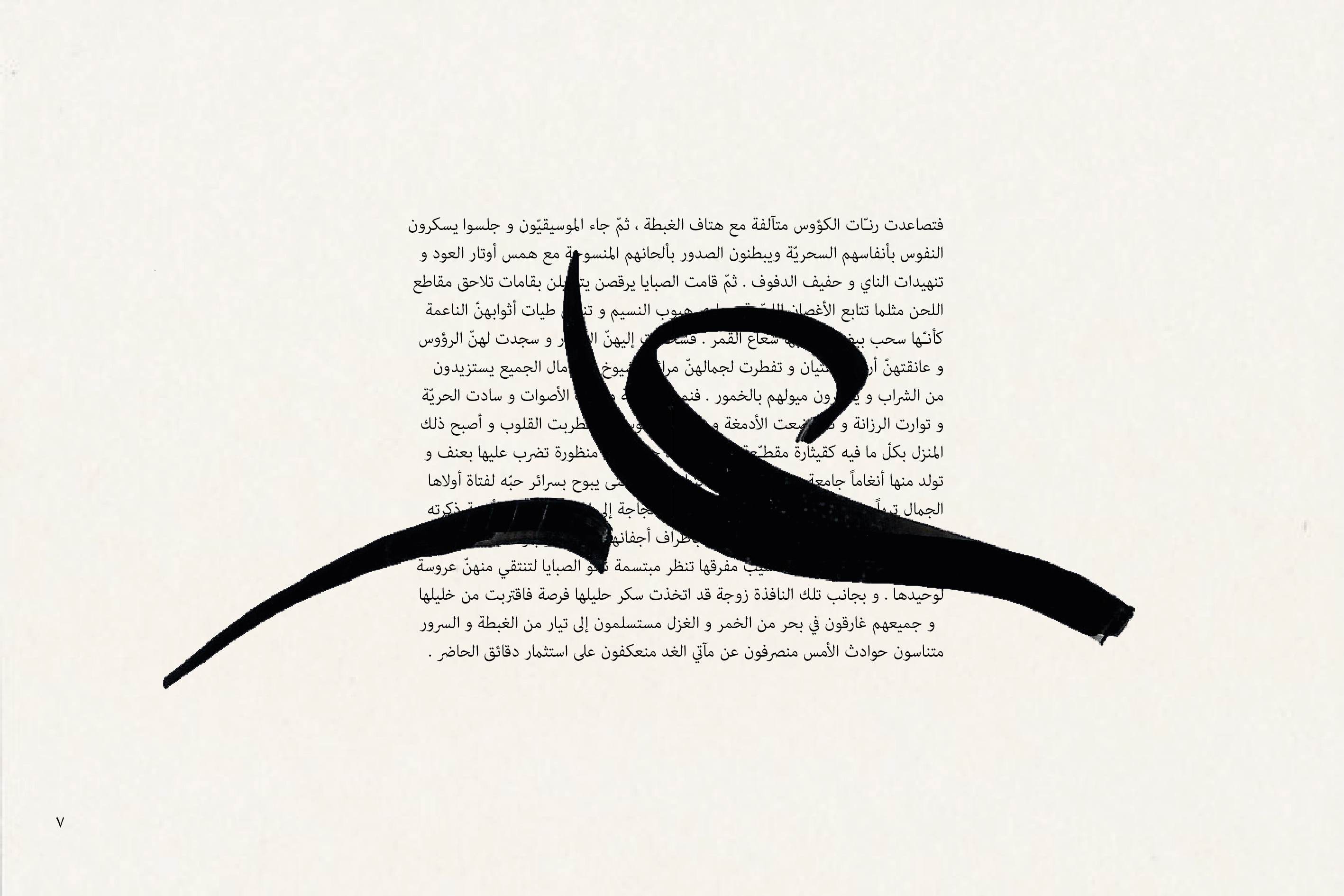
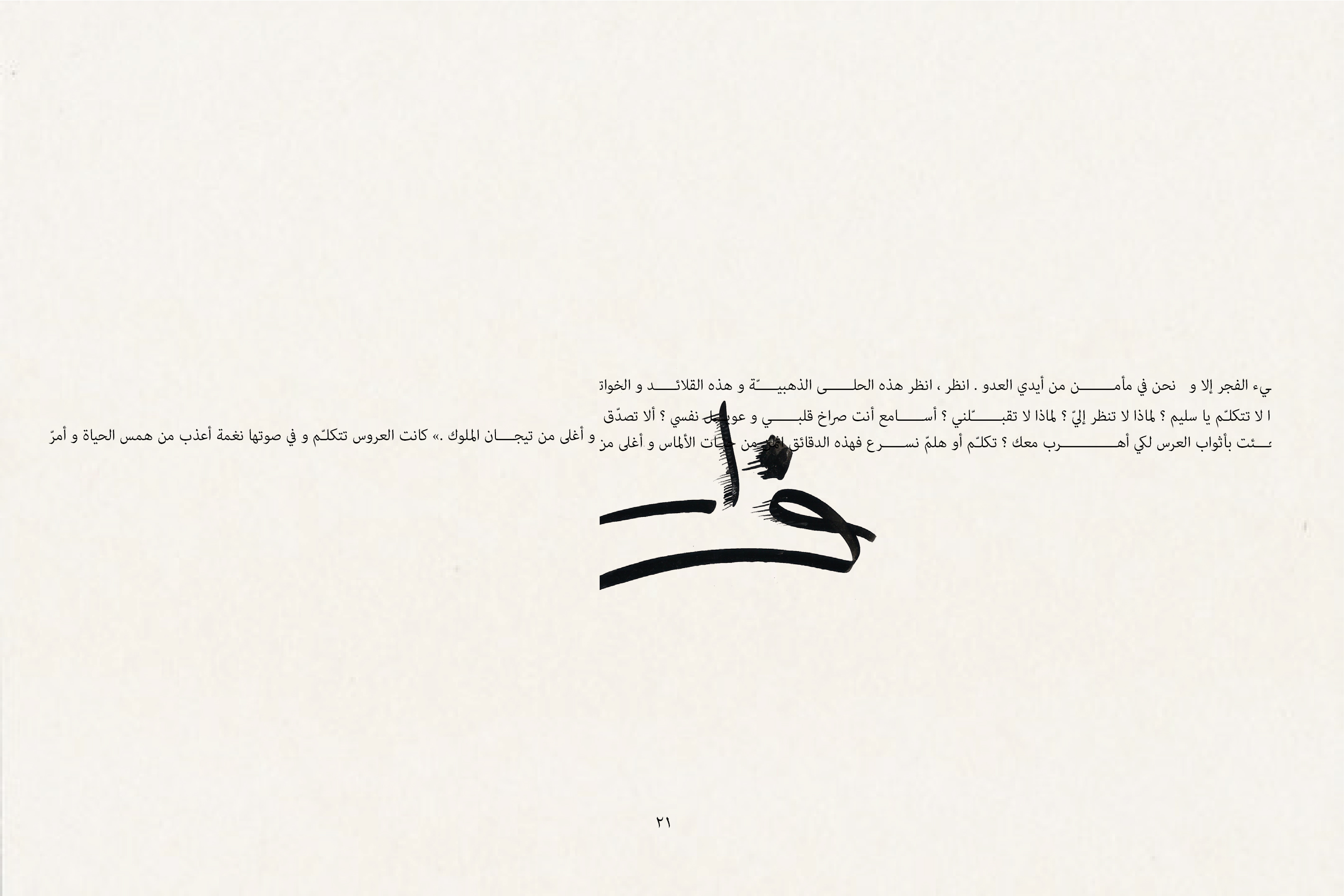
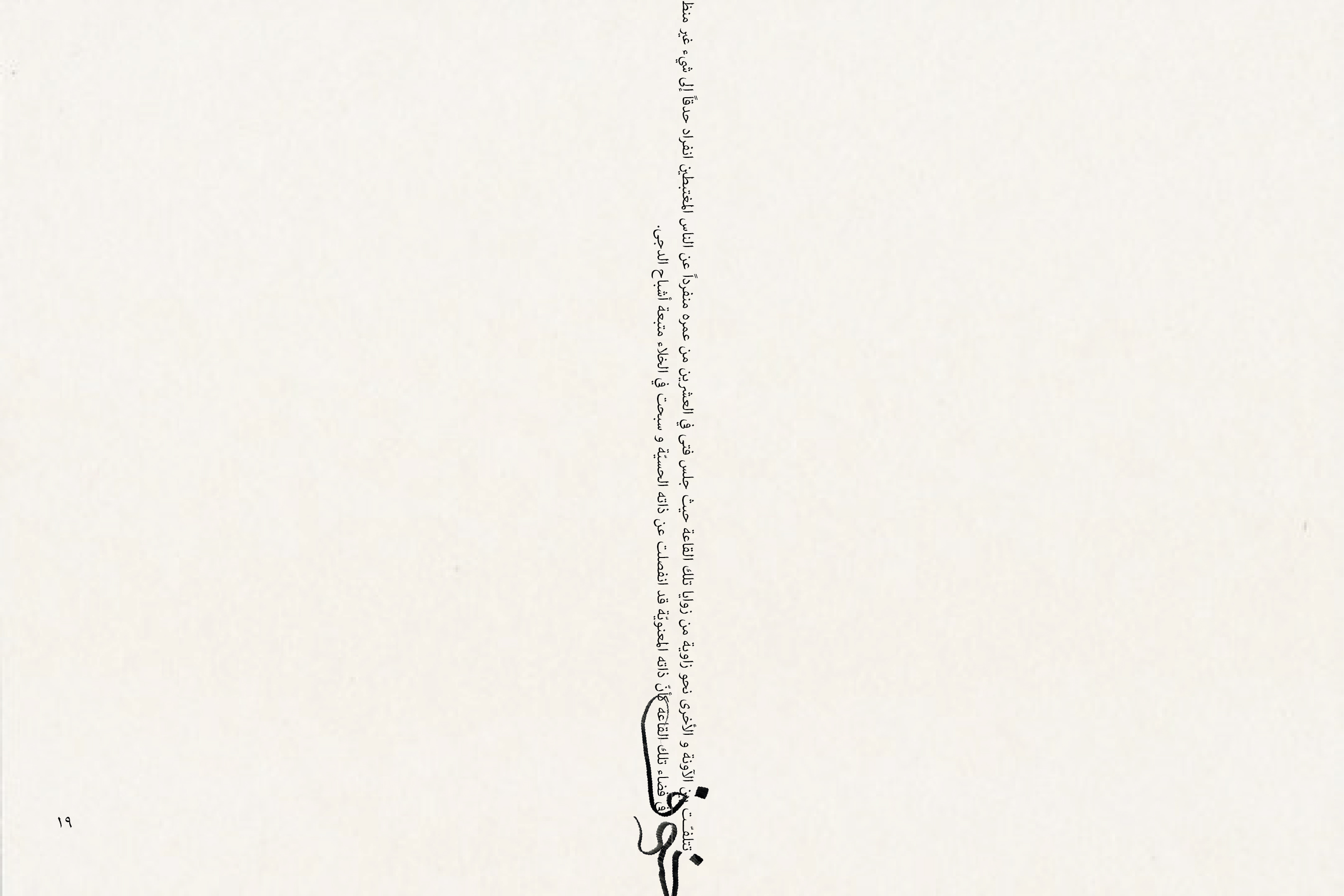
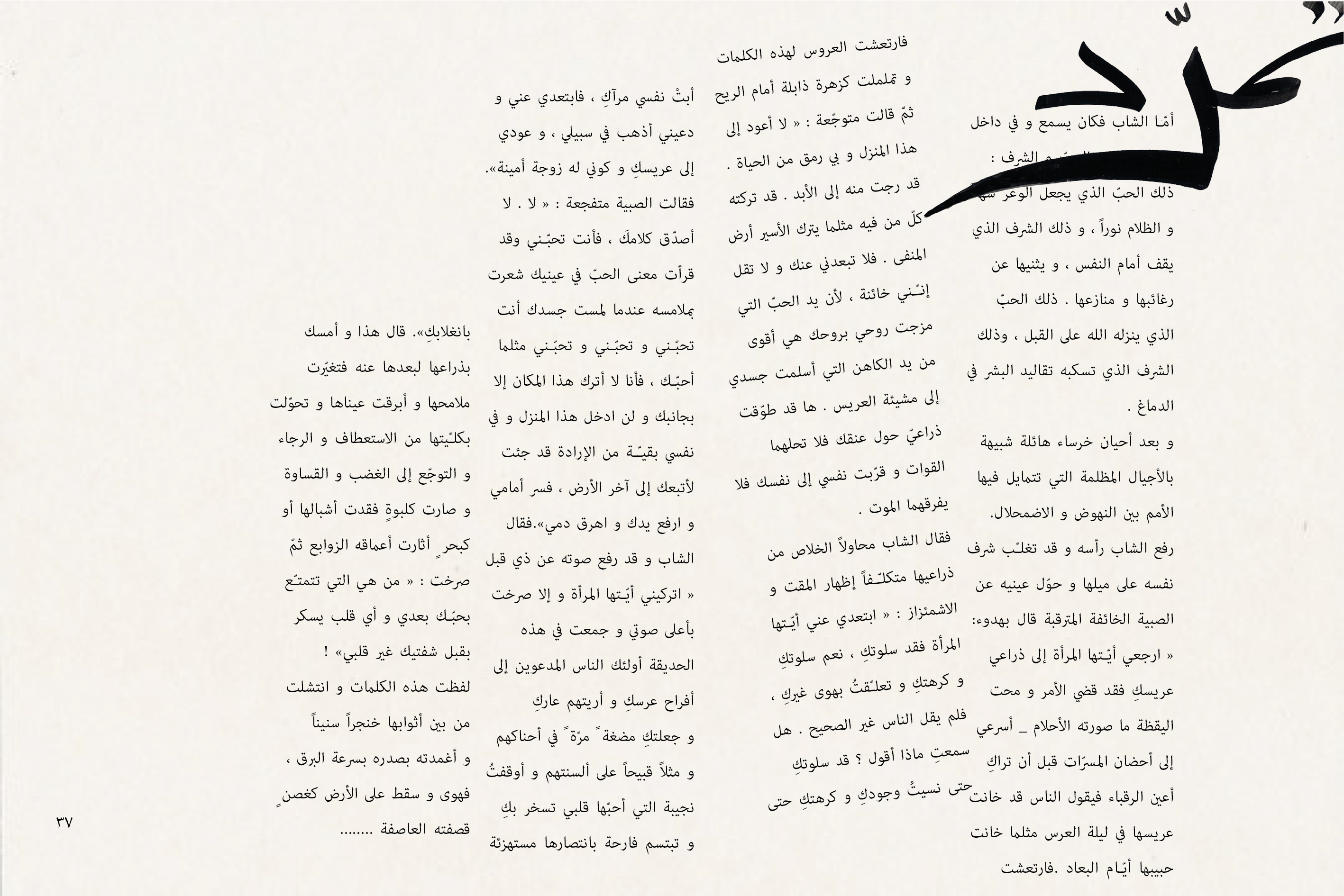
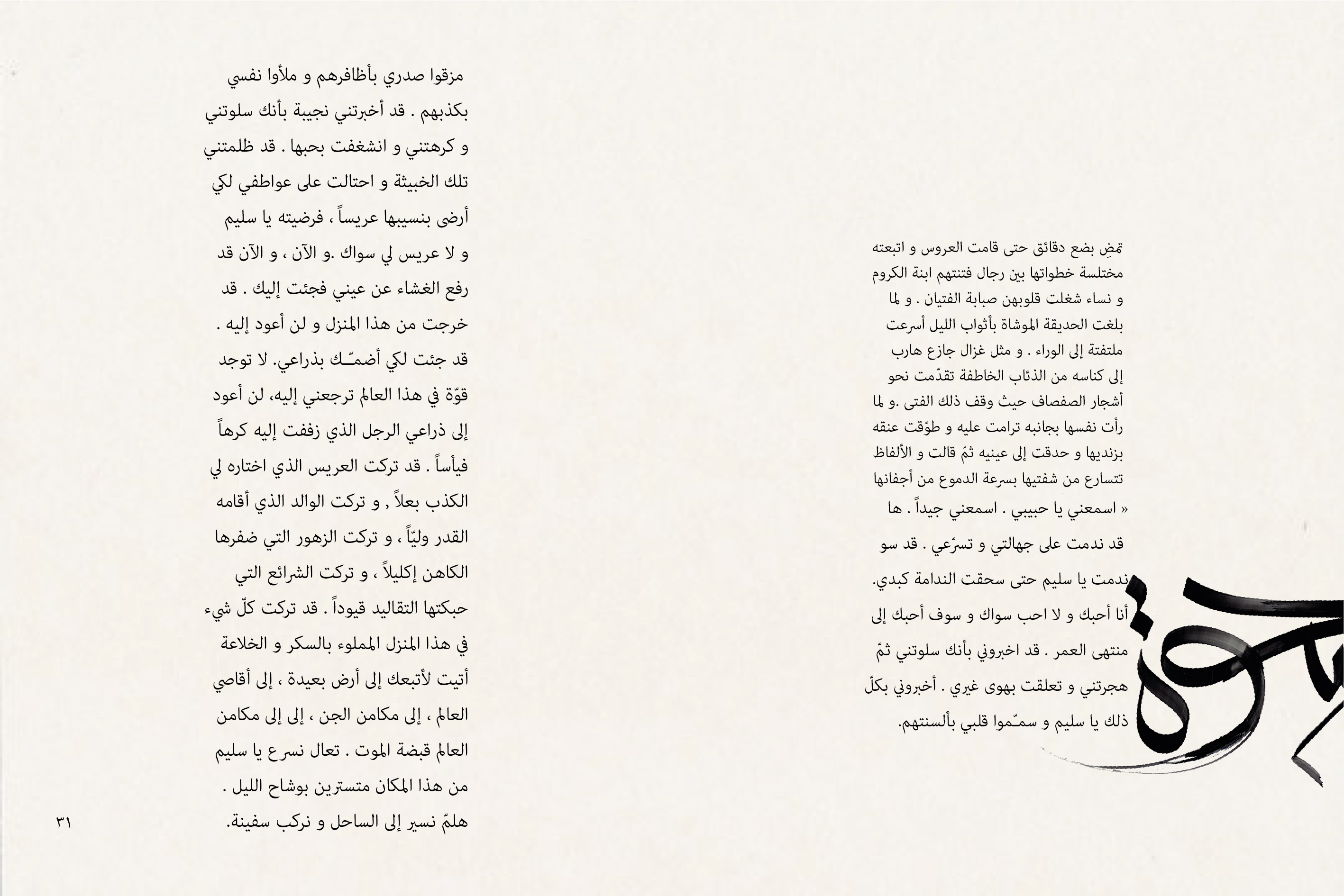
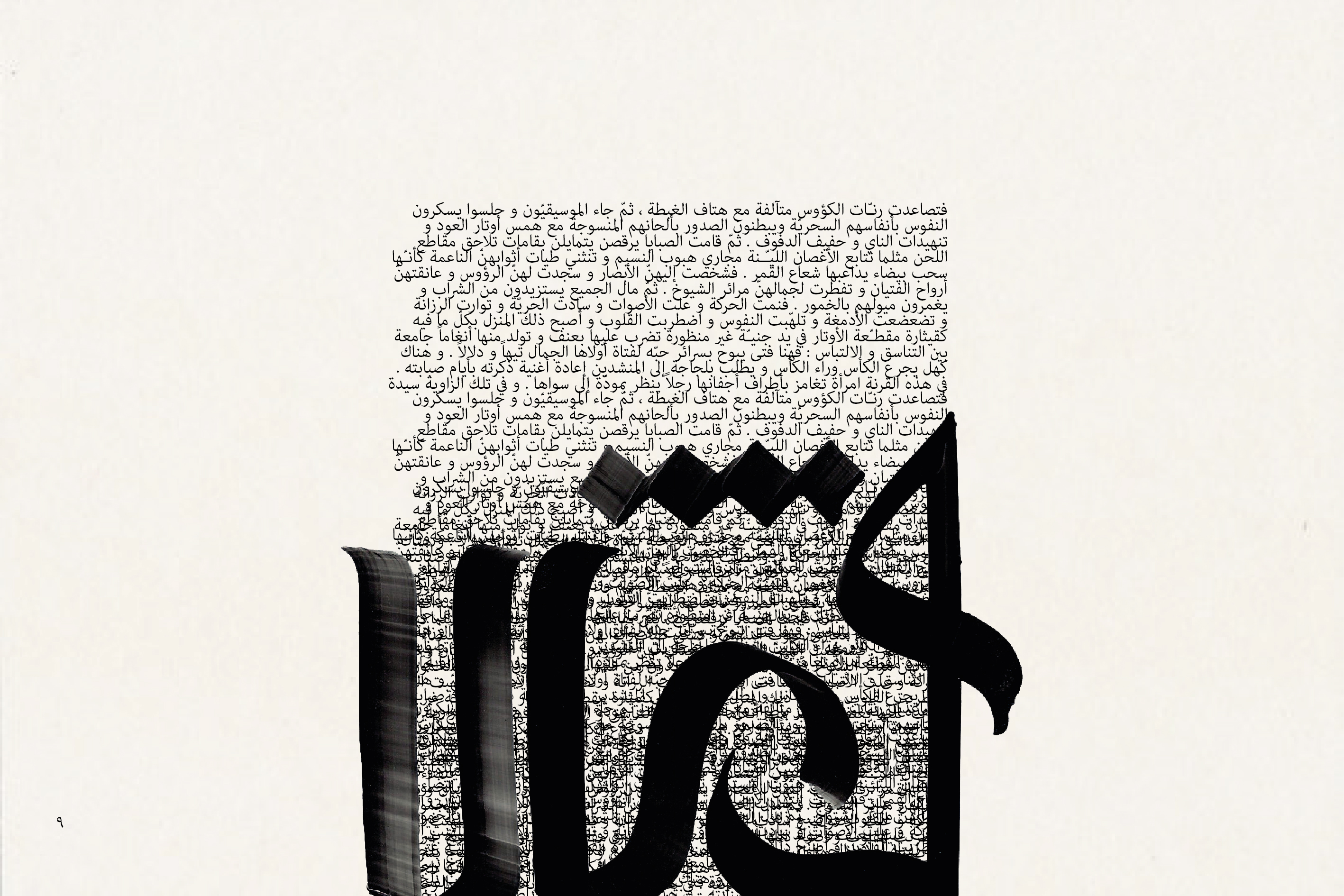


Other Projects
OTHER PROJECTS
© Salma Khalife 2017
